Properties and Classification of Acid Dye
Acid dye is a dye used to color protein based fibres like wool, silk etc. in acidic medium. This dye is also used to color synthetic fibre like nylon but not used to color cellulosic fibre like cotton or linen. This dye is so called because it requires an acidic medium to fix the color[…]

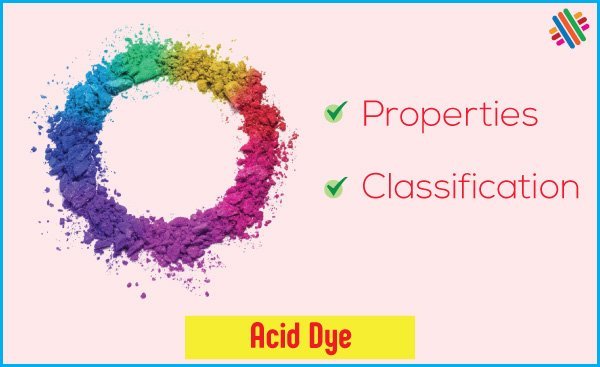
![Textile Bleaching [A to Z]](https://textileapex.com/wp-content/uploads/2023/10/textile-bleaching.jpg)
![Direct Dye: An Overview [A to Z]](https://textileapex.com/wp-content/uploads/2023/10/direct-dye-1.jpg)
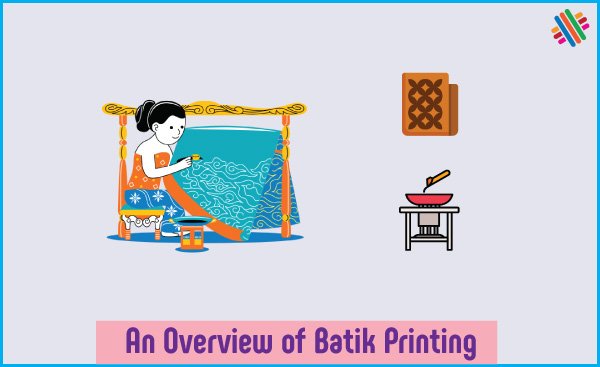
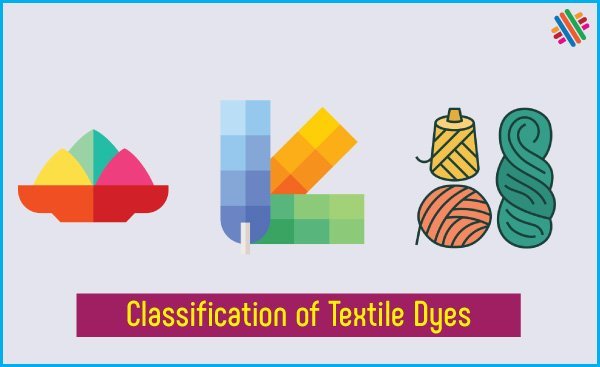
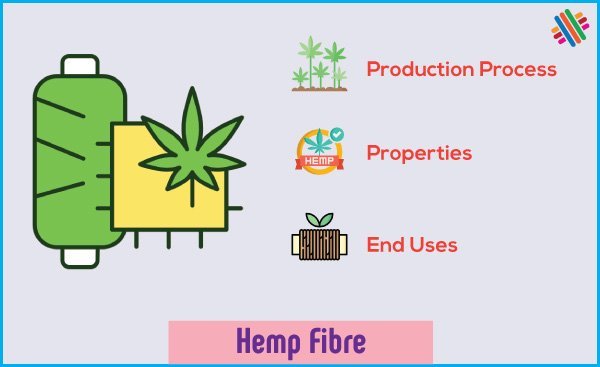
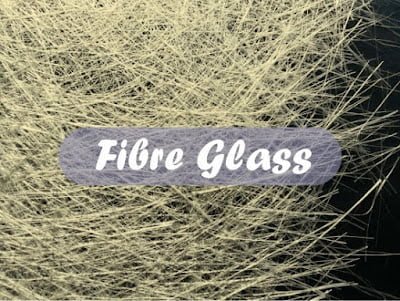
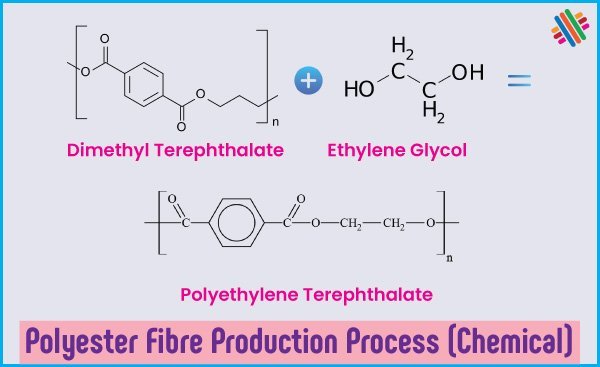
![What is Tie Dye | Industrial Tie Dye Process [Video]](https://textileapex.com/wp-content/uploads/2023/09/tie-dye.jpg)
